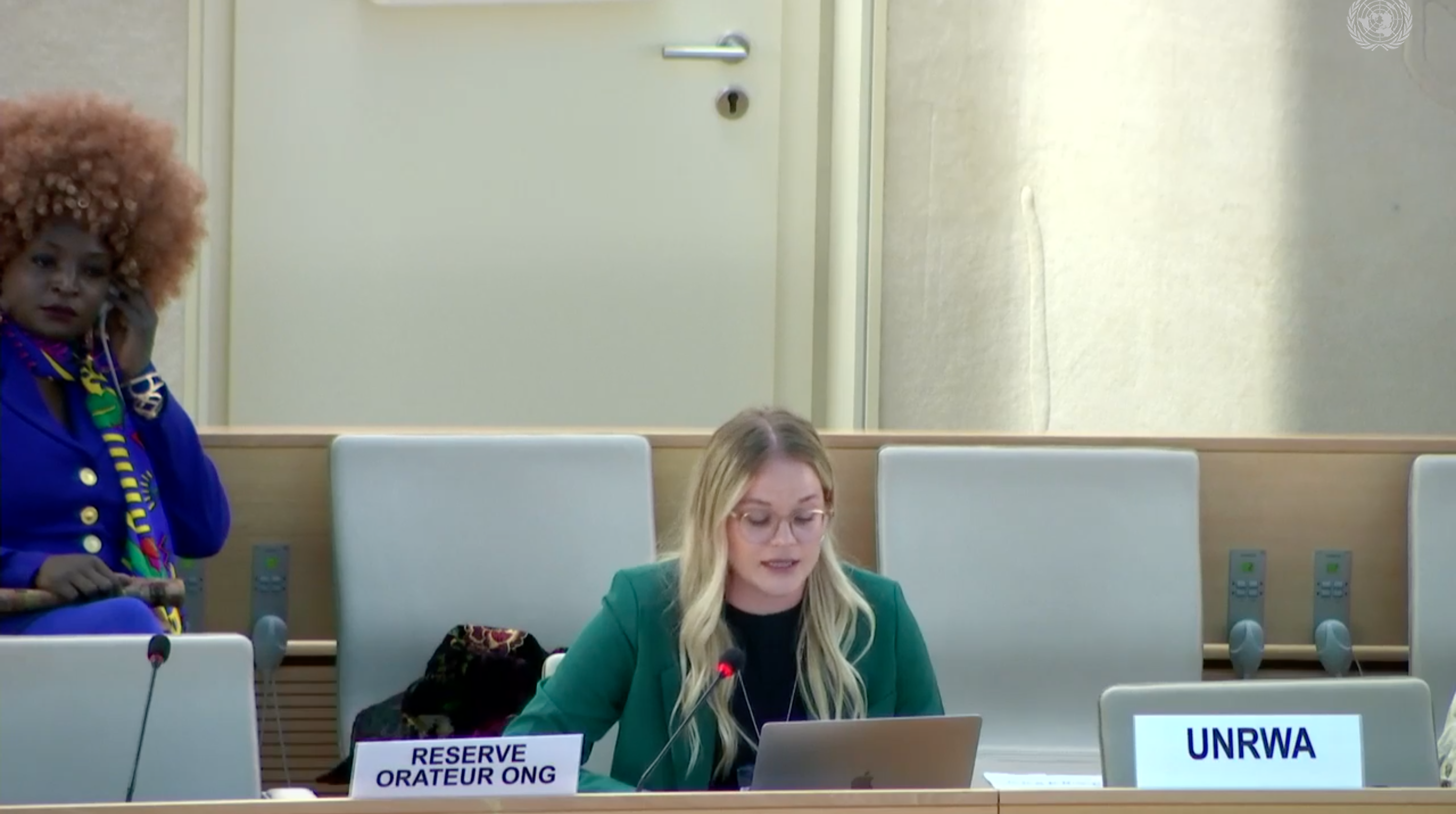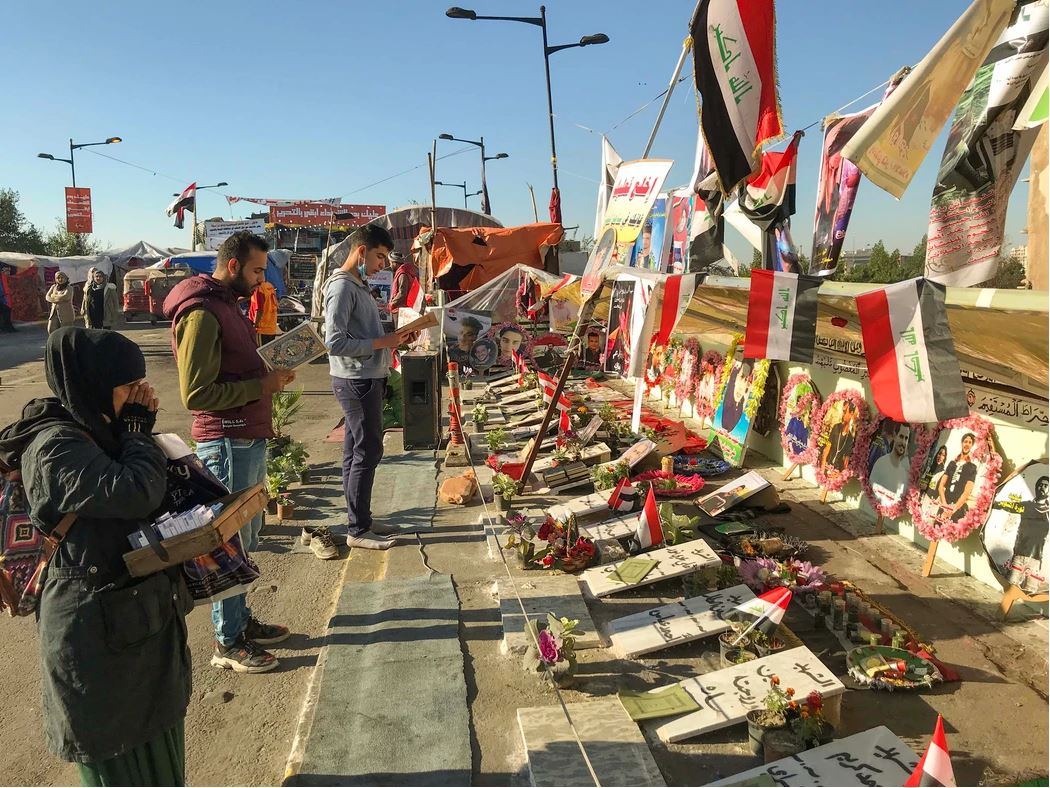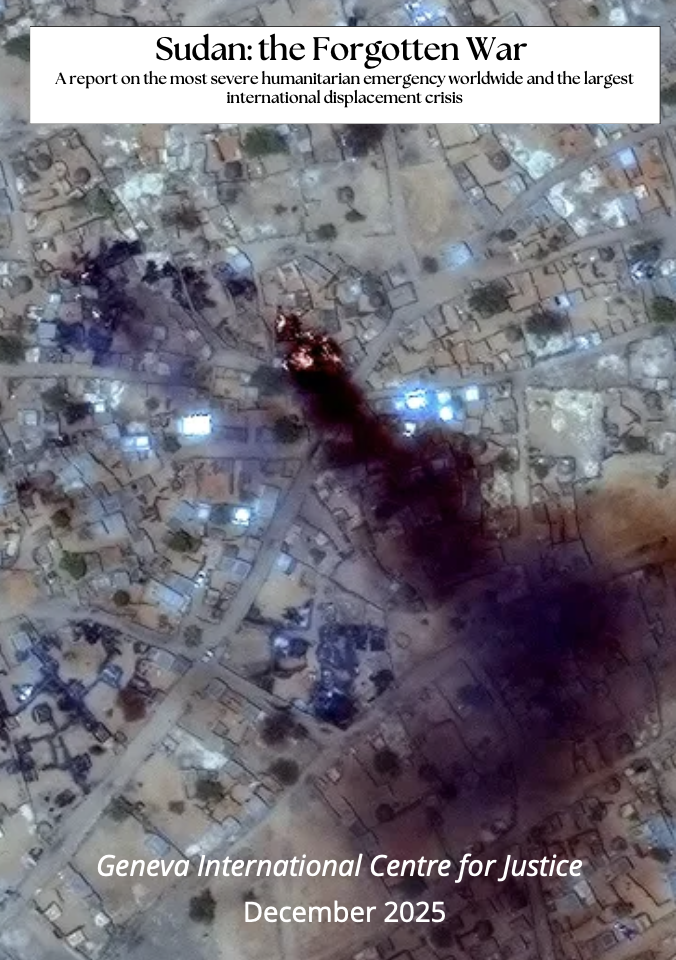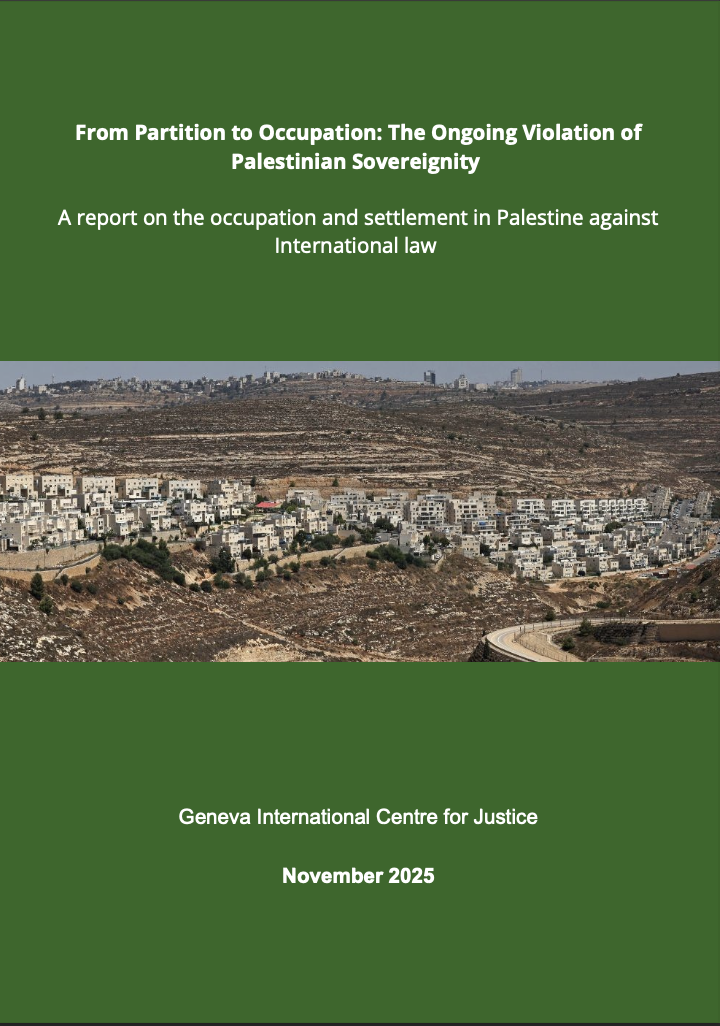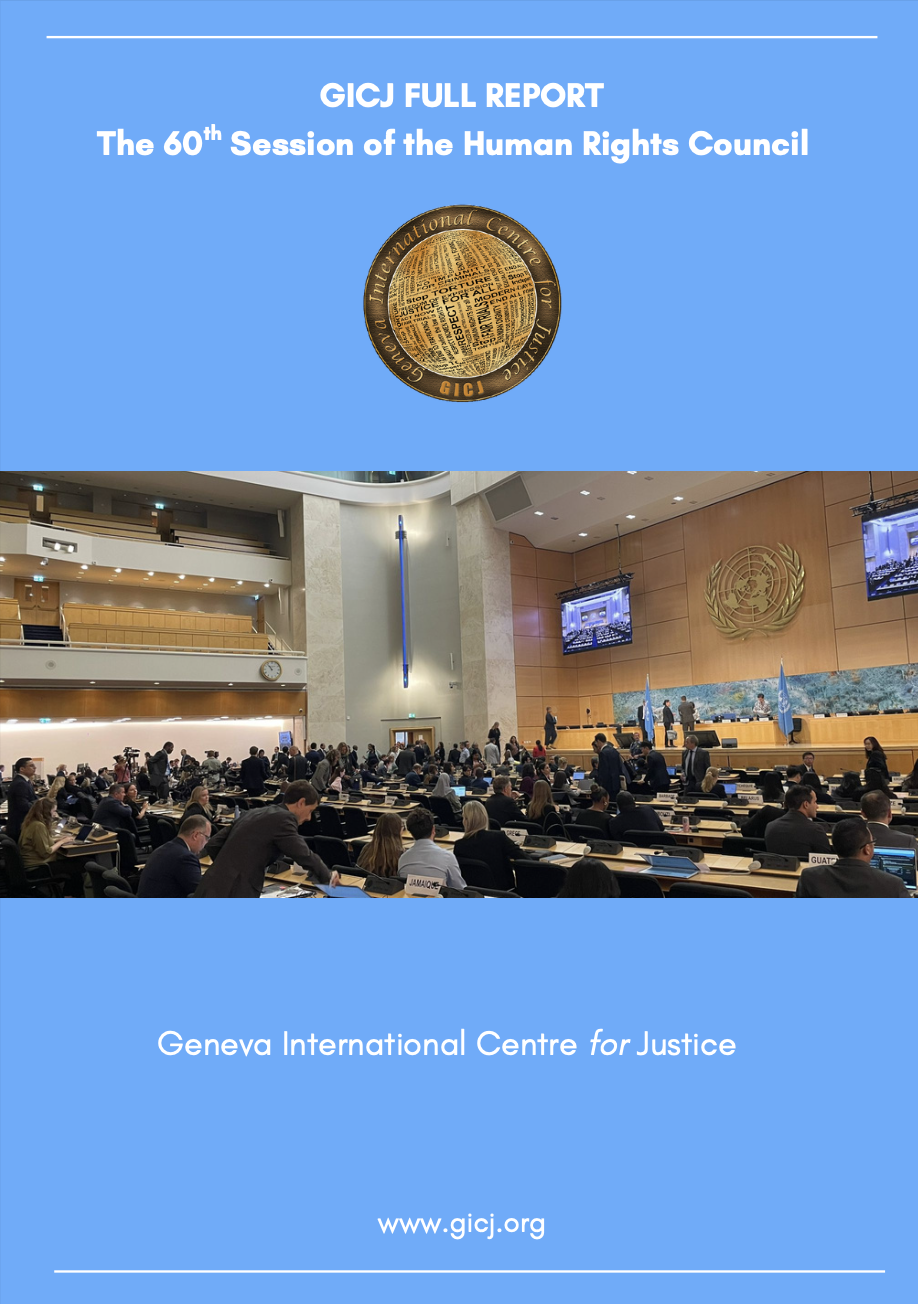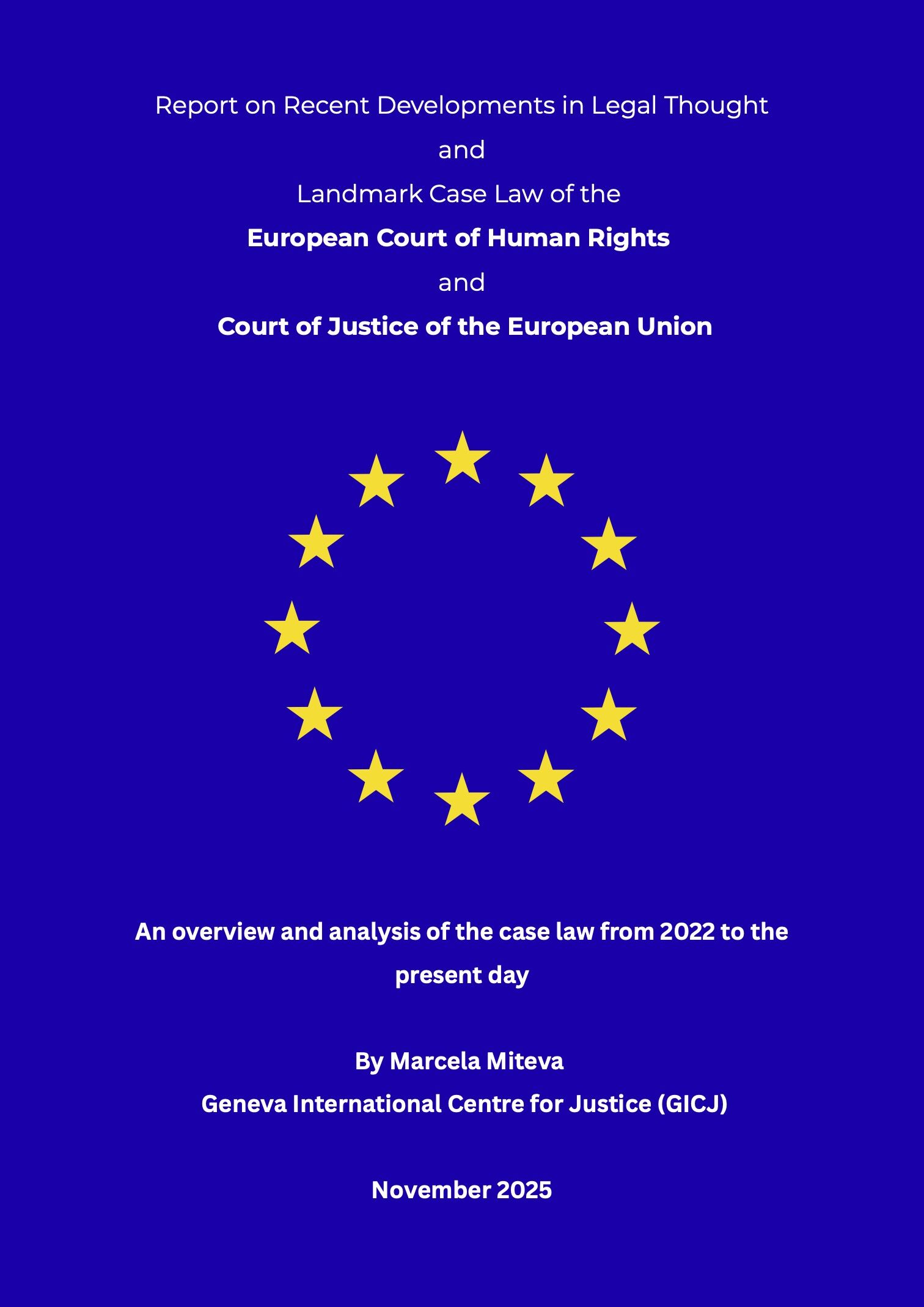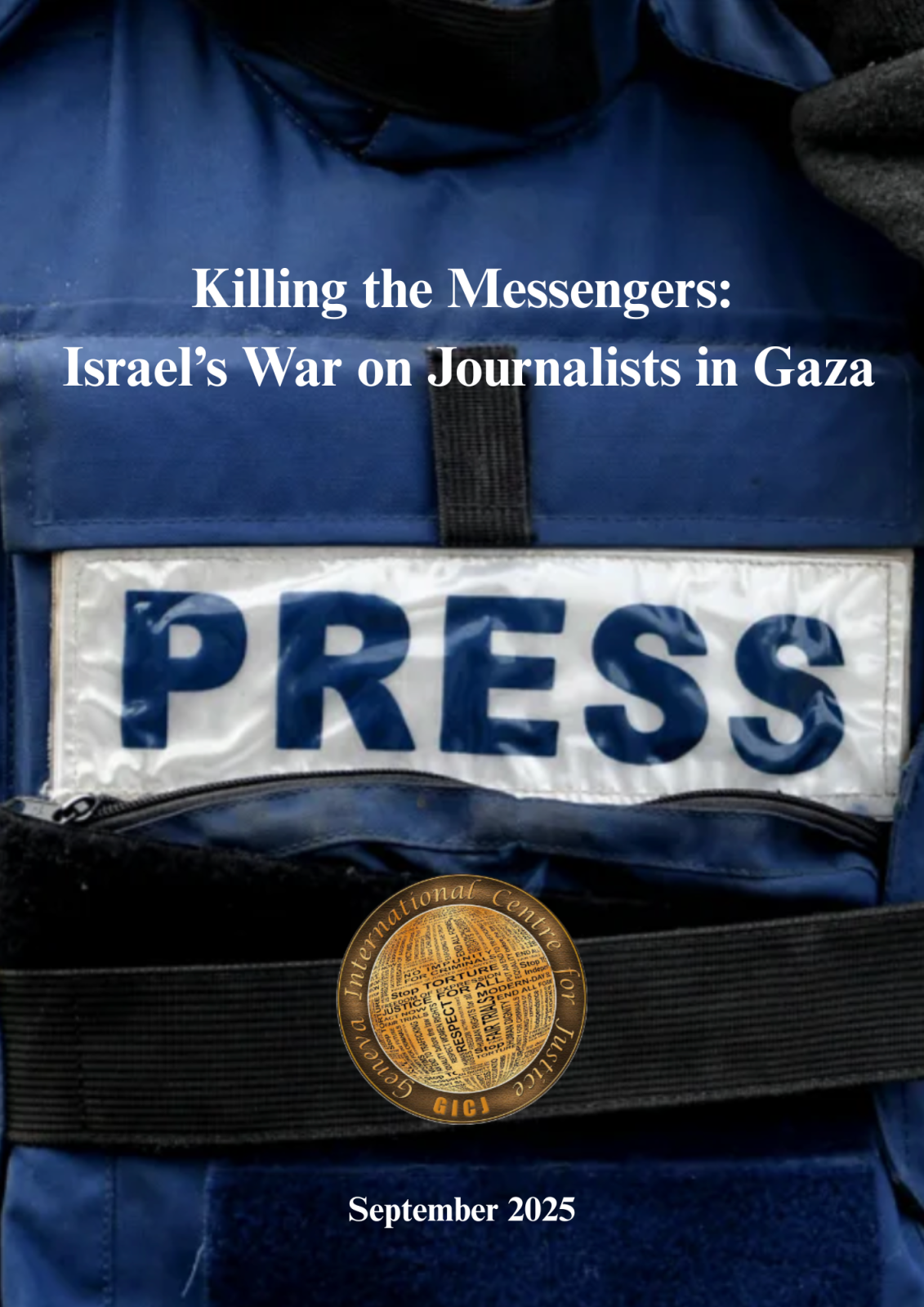In the seven years that have passed since one of the most egregious instances of mass disappearances, the international community has seemingly forgotten these men and boys who fell victim to the Iraqi militia. On the other hand, their families have not forgotten, as they mourn the losses of their loved ones without any assurances that justice will be served. While GICJ has documented about 1,000 people who have disappeared in this period, the actual number is estimated to be more than this. Though much of the truth remains buried, we choose to remember the inhuman events that happened between 2-5 June 2016 in Fallujah and the surrounding cities of Saqlawiya and al-Azrakiya.
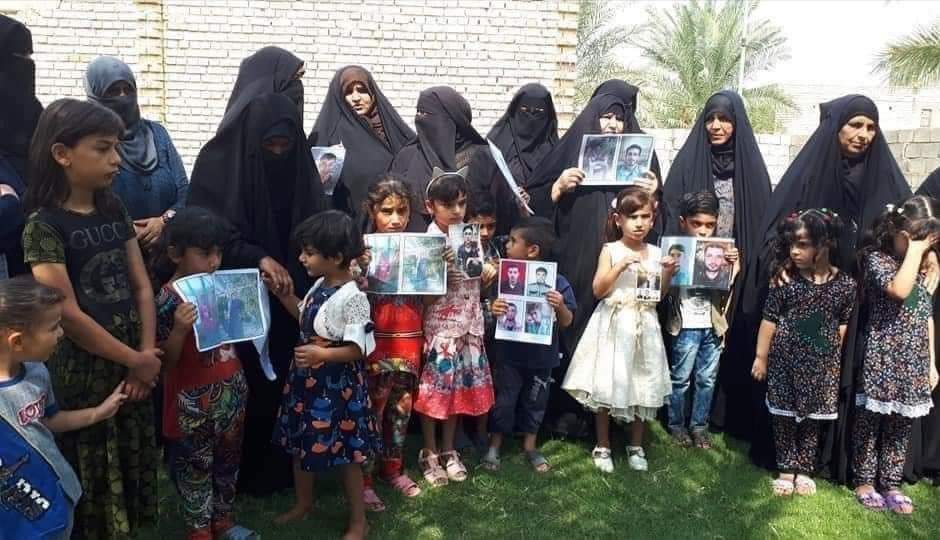
In June 2016, while Iraqi military forces and the US-led armed coalition fought ISIL under the pretext of “liberating” the city of Fallujah countless atrocities took place, many of which were the direct and indirect results of the bombings and shelling committed by the so-called “liberation” forces. As civilians attempted to escape the destructive effects of the fighting they became subject to abductions where they would face various grave human rights abuses and atrocities. Between the 2nd and 5th of June 2016, during the fighting in Saqlawiya, a small city 20 km west of Fallujah, over 2,000 civilians fled the fighting to the nearest military post. However, they were corralled by the al-Hashd al-Shaabi militias into make-shift detention facilities. Immediately they were put in appalling conditions as they were crammed into small rooms and spaces with little air and were denied food and water. If they complained they were severely beaten and some were even shot – moreover, witnesses recount that during this period of captivity many had died from indiscriminate killings and other forms of abuses and torture.
According to the testimonies, the civilians had been marched out in a row by gunmen in official police uniforms, despite the group belonging to the Badr Organization and Katai’b Hezbollah. A local CSO who spoke to eyewitnesses believes that around 300 were shot in this long row. Those who managed to be released, roughly 650 persons, carried signs and marks of torture on their bodies, with 30% of this group showing signs of torture either through broken limbs or severe burns. The remaining 1,000 disappeared and so far nobody knows where they are.
In the same period, GICJ has received documented information of over 300 abducted persons from the village of al-Azrakiya where about 150 were killed on the spot, including the execution of an entire 35-member family; the rest have simply disappeared.
In the immediate aftermath Ján Kubiš, Special Representative of the UN Secretary-General and Head of the UN Assistance Mission for Iraq, acknowledged the disappearances of over 700 Iraqi men and boys who went missing after the Fallujah military operations, adding that the perpetrators were elements of the Popular Mobilization Forces and the Iraqi Security Forces. The disappearances were also acknowledged by the High Commissioner for Human Rights, Zeid Ra’ad Al-Hussein additionally expressed strong support for an investigation committee and measures taken to locate the whereabouts of these missing persons.
Despite the international recognition of these crimes, the Iraqi authorities have yet to acknowledge their responsibilities and hold those perpetrators accountable. Over the last 7 years the families of the disappeared have been let down at every turn. Promises of the successive governments were left unkept. Attempts to find out what happened to the disappeared men have ultimately yielded no definitive answers.
Part of the inaction of the authorities rests with their complicity. One of the most disturbing dimensions of the Saqlawiyah episode was the apparent collaboration or acquiescence of the Iraqi regular armed forces with the militia, along with official attempts to minimise or deny the level of involvement.
Whilst the perpetrators and their accomplices are in control of the country’s administrative and judicial processes, there cannot be any real transitional justice or accountability mechanisms. Nevertheless, Iraq still has clear and concrete legal obligations to take all urgent and necessary steps to investigate disappearances. In their recent report (April 2023) following a country visit to Iraq, the Committee on Enforced Disappearances (CED) set out the need for Iraq to put in place mechanisms to investigate all disappearances regardless of when they took place, or who is the alleged perpetrator.
The families of Saqlawiyah are still waiting for the smallest crumb of justice to be delivered.
Geneva International Centre for Justice (GICJ) recommends the United Nations and its corresponding bodies to launch an investigation that can reveal information about the whereabouts of those who have disappeared, and release said information to all states.
• Take all necessary measures to put in place mechanisms to combat enforced disappearances in Iraq and hold all perpetrators to account;
• Put in place systems to investigate incidents of enforced disappearances and the whereabouts of disappeared persons;
• Commends the CED for its work regarding the forced disappearance in Iraq, and urges the committee to continue its efforts and bring justice to the victims.
GICJ pays tribute to all the victims subject to enforced disappearances and shares the devastation of the families who have lost their loved ones and are unaware of their whereabouts. Such atrocities in many cases are the horrendous effects of armed-conflict and the absence of rule of law and are a serious violation of human rights and international laws.
|
|
|
|
Iraq, Enforced disappearances, Mass disappearances, Fallujah, ISIL, Crimes against humanity, Geneva International Centre for Justice





